Fertil began producing and marketing Fertiss plugs in 1985. "We produced the first cork-shaped plugs for plant propagation. The agronomic interest of this product lies in the fabric that surrounds the soil to get an aerial hoop, promote the emission of more roots in the soil and therefore obtain more robust plants. This also means that we have an extremely clean product because the soil does not fall, which maximizes aeration at the level of the growing roots, hence the high percentage of successful recovery with cuttings. At the time, this was a revolution. Plugs were then composed of a peat-based substrate with fertilizer and other additives depending on the client's request and the requirements of the specific crop," explains Francis Paon of Fertil.
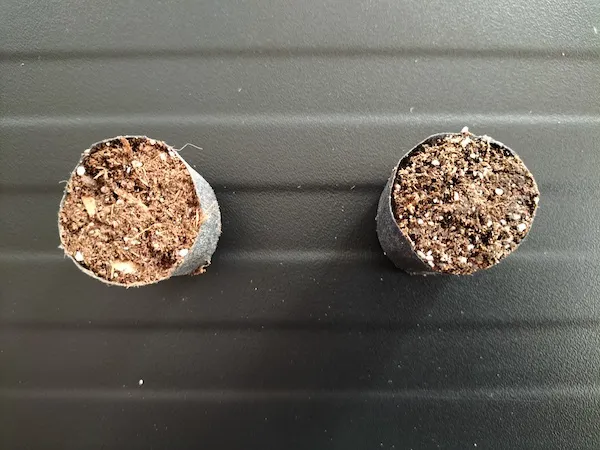 Fertiss plug
Fertiss plug
England: first market to demonize peat
But since 2017, Fertil has taken a new turn. It has chosen to offer peat-free Fertiss plugs in order to help preserve natural environments, values which are at the heart of the company. "Our decision was prompted by our English clients who, in order to preserve their peat bogs, wanted to be free of the peat used in potting soil. The use of peat in potting soil even has very bad press today in England. Our approach not only preserves natural environments that are particularly rich in biodiversity, but it also avoids the massive release of greenhouse gasses when peat bogs are destroyed. These are all commitments which we are sensitive to."
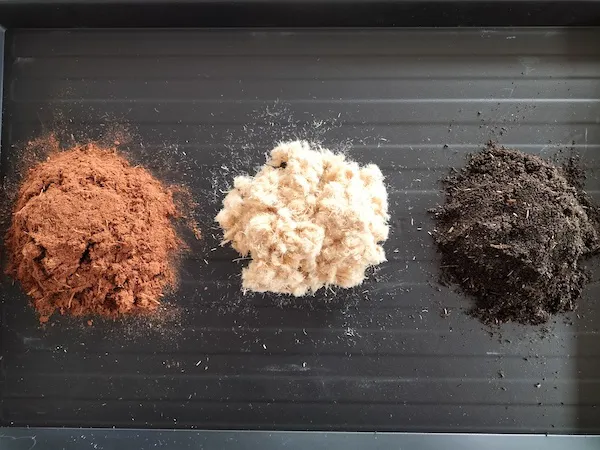 Fertiss components
Fertiss components
Highly technical mixture almost identical to peat
Fertil carried out a large number of tests on peat-free potting soil in order to find the right mixture that would enable it to achieve a success rate close to 100%. "We have an interesting background because Fertil is part of the Florentaise group, which is already involved in the production of peat-free potting soil. We were, therefore, able to combine our knowledge in order to offer a unique mixture that is both qualitative and sustainable. This new recipe is made of semi-composted pine bark fibers (Turbofibre), wood fibers (Hortifibre), and cow manure-based compost, to which we add additives such as Perlite and fertilizer to finalize the potting soil. The structure obtained is almost identical to peat, with potting soil that is draining, nourishing, and stable. So far, we are the only ones in Europe to offer this type of soil for plugs. It is indeed easier to obtain a peat-free potting soil to fill the plates rather than to make plugs, which requires a particular caliber of fiber."
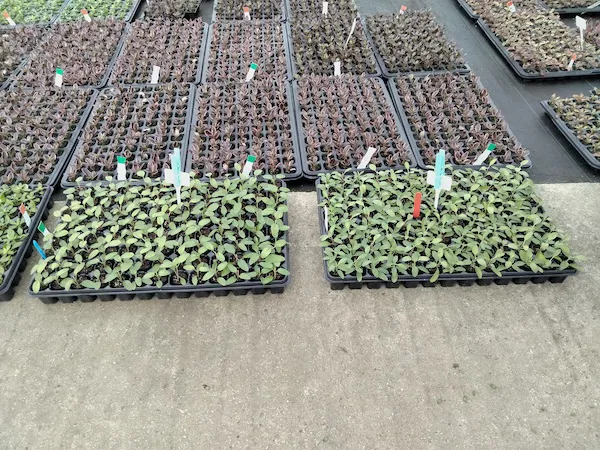
Increasing popularity of peat-free potting soil
Although it originated in England, the trend is beginning to spread to other European countries. "There is a real awareness about the importance of preserving peatlands. There is a growing demand for our products from countries like the Netherlands, Belgium, and France. Generally speaking, the horticultural sector is heading towards peat-free potting soil."
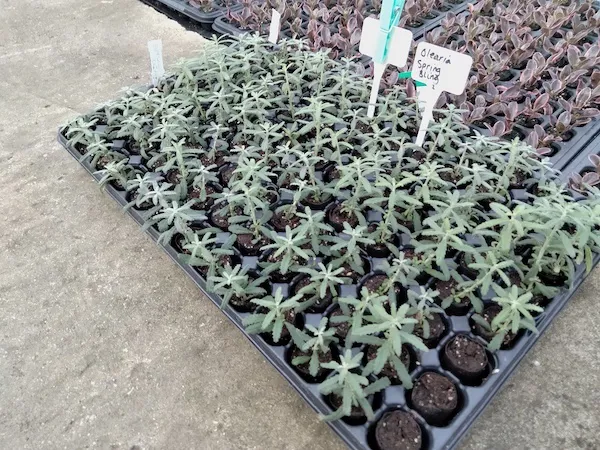
Potting soil without coco peat for greater durability and quality
Today, there is a growing offer of peat-free potting soil. However, Fertil is among the few companies on the market that create soil from local raw materials. "Many competitors make potting soils without peat, but these are often based on coco peat. However, this raw material has two major drawbacks. From an environmental point of view, it makes no sense to bring material from 10,000 km away or to have to depend on price variations of suppliers and logistics. Moreover, coco peat is subject to a high level of salinity, the variation of which depends on the process it is subjected to. However, a substrate that is too salty is phytotoxic, especially for young plants that are hypersensitive. There is, therefore, a risk of roasting the plants, and the problem is that it is difficult to control this beforehand. There can be a big difference in quality between two coco peat soils. At Fertil, everything is done internally. As far as we are concerned, we are particularly vigilant on the quality of the soil we offer. Our mixtures are adapted in order to get a success rate of nearly 100%. We adjust our mixtures daily according to our raw material, which, being alive, is likely to vary in terms of structure and humidity, for example."
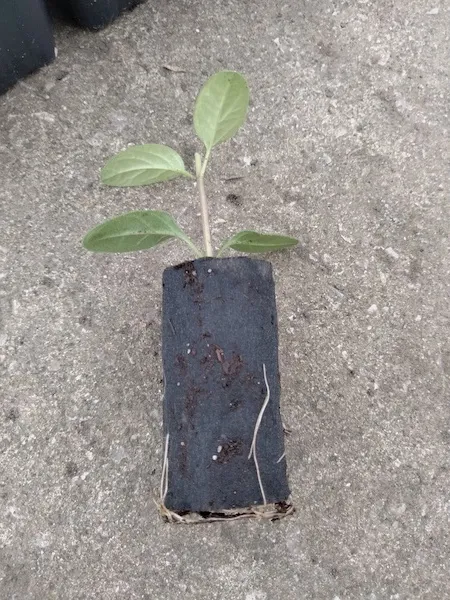
Producing your own plugs: a limiting and financially unattractive choice
In addition to its high technicality, stability and environmental ethics, the Fertiss plug has other advantages for its user. "Producers do not have to produce the plugs themselves. They are made on demand with a very high-quality potting soil that allows optimal quality of recovery and avoids losses due to failed cuttings. Besides, the horticultural companies that choose to invest in plug processing equipment can usually do only one cutting. The machine only works for a short period of time during the year, which is not particularly interesting financially speaking. Because we are specialized in the field, our six machines allow us to offer different cuts, and we can adapt the diameters of the plugs thanks to our very powerful tools. Unlike agricultural companies, we also have highly knowledgeable technicians specifically dedicated to this activity."
For more information:
Francis Paon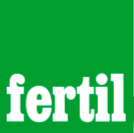
Fertil
Tel.: +33 (0)6 71 70 69 70
francis-paon@fertil.fr
www.fertil.fr
